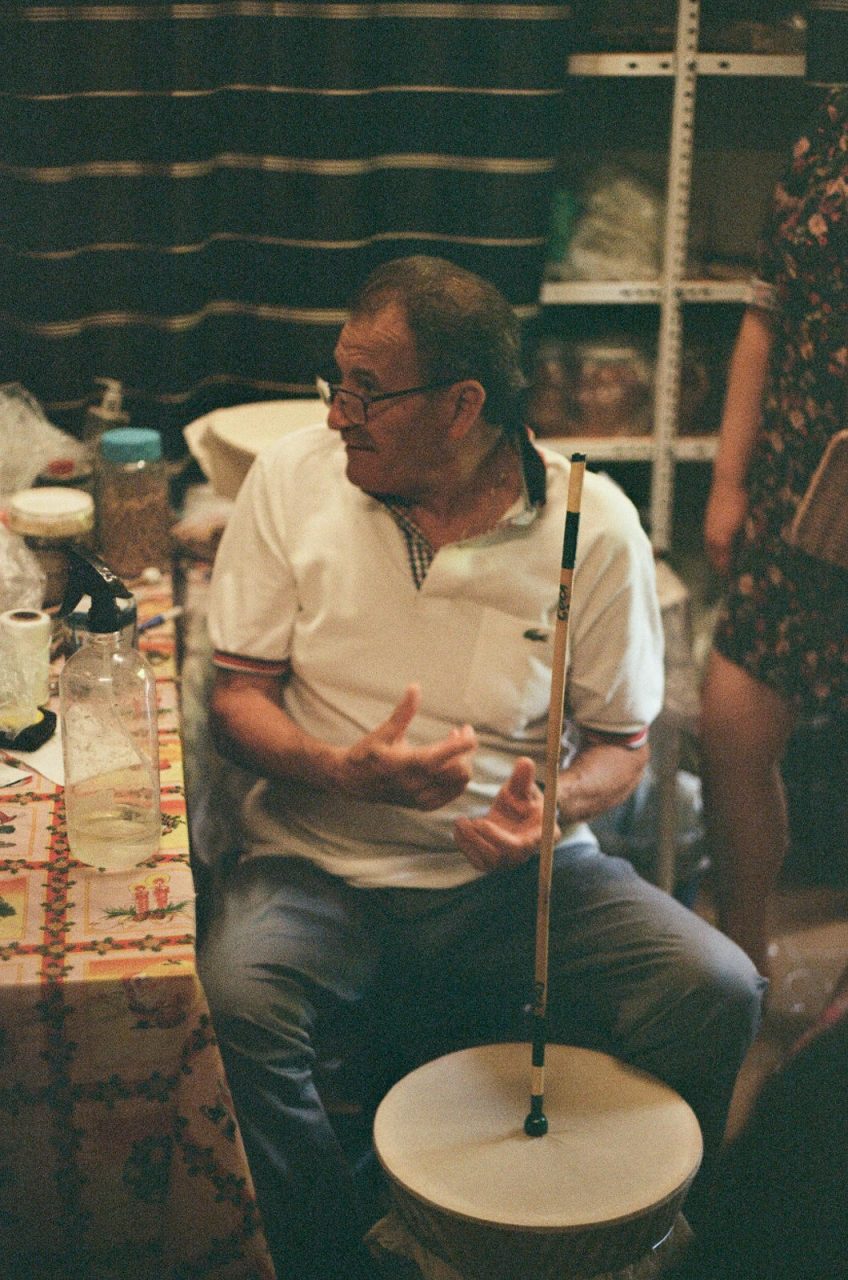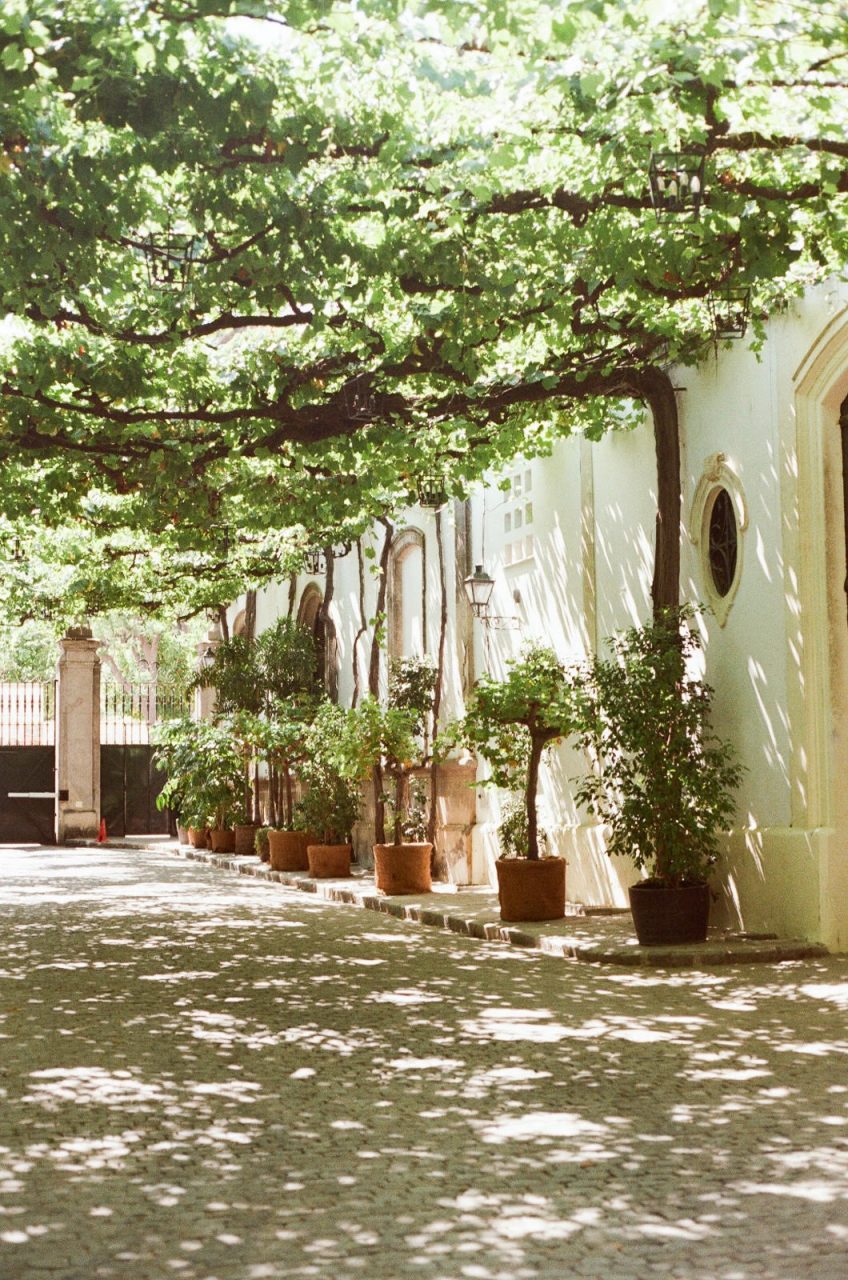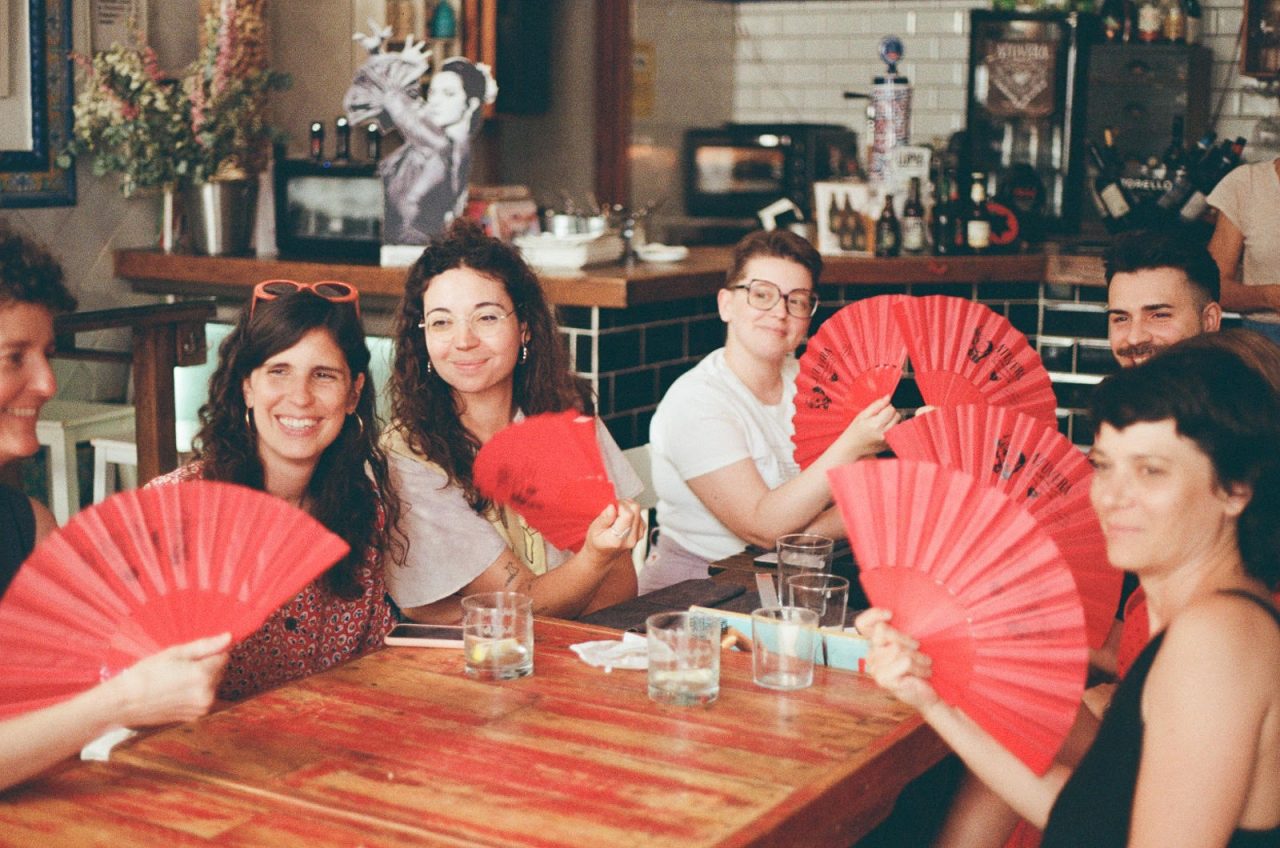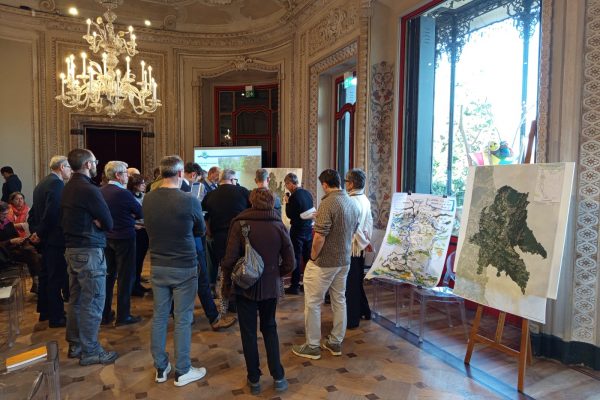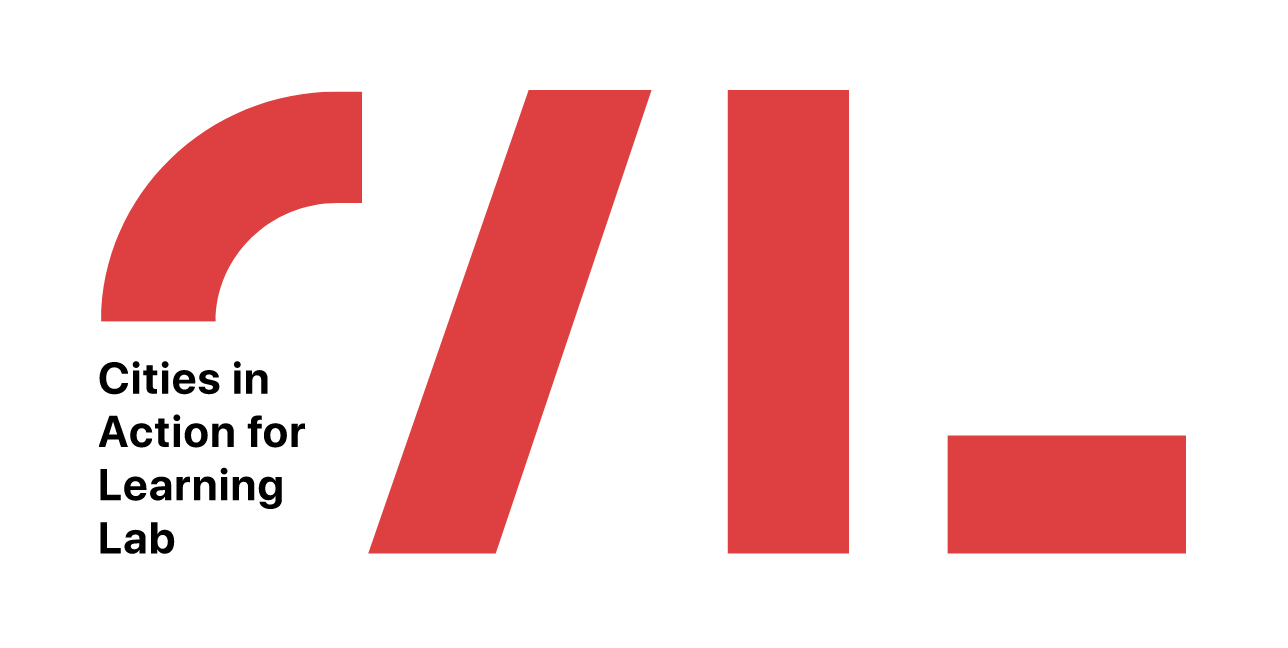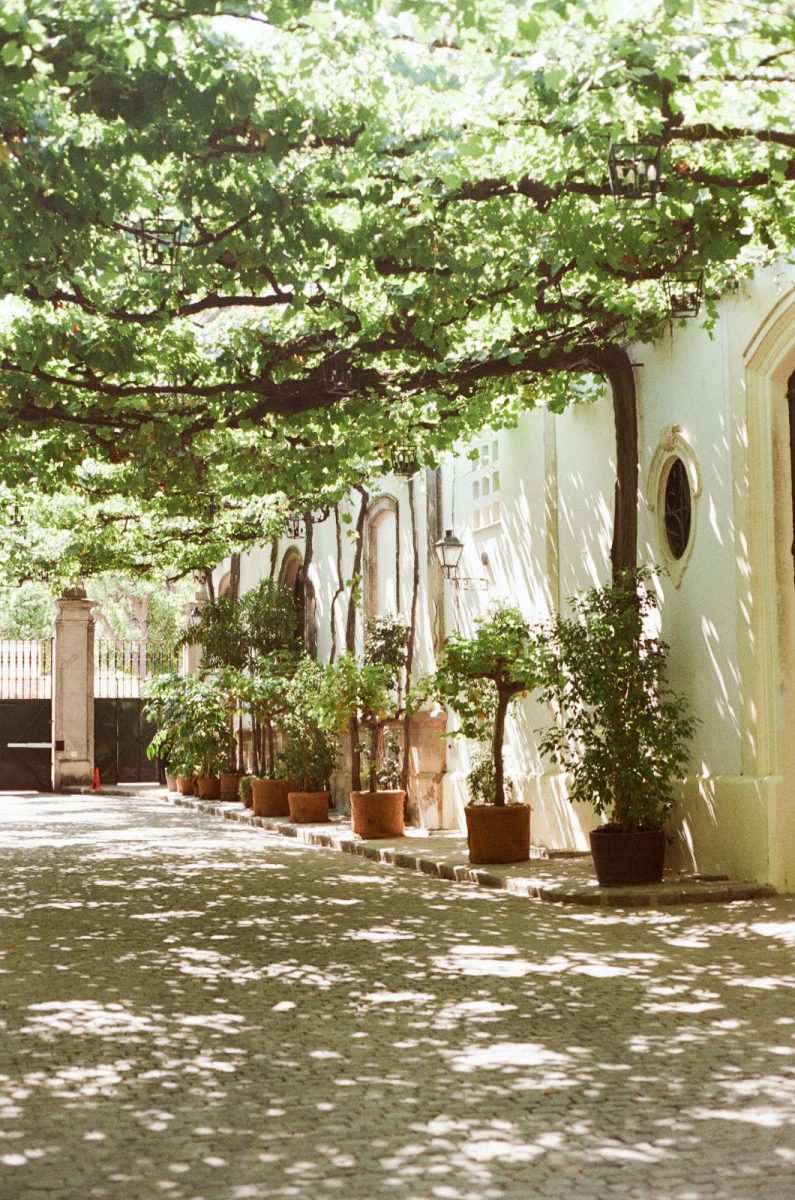
PALIMPSEST 2nd residential workshop in Jerez de la Frontera
Envisioning Translocality
Enabling Institutions
Enforcing Practices
News from Jerez de la Frontera, where the 2nd PALIMPSEST Residential Workshop was held from June 23rd to 28th.
This week was focused on further developing the Songs of Nearby Earth (SONE) project by artist Estelle Jullian (Culturama), that aims to connect rural Jerez landscape with local cultural heritage through a traditional Andalucian percussion, the zambomba.
Representatives from the international consortium were all present to meet local actors and work on the developement of the project, these included the CALL team from Politecnico di Milano, Aalborg University, NOVELCORE, Culturalink, Lodz Art Center, as well as Sanna Lehtinen (Aalto University School of Arts), member of the Advisory Board and Estelle Jullian (Culturama), artist selected through the PALIMPSEST Creative Dialogues open call. The event was organised in collaboration with the local team, composed of Jerez City Council, Fundarte, and Nomad Garden.
Operating at the intersection of tradition and innovation, the SONE project weaves collective narratives that honour the past while imagining a more sustainable future. Inspired by the zambomba instrument as both a symbolic and functional element, the project highlights its role in bridging the natural and urban landscapes of Jerez. Originally crafted from locally sourced materials, the zambomba served both as a container for food and a musical instrument. Its cyclical use, local origin, and multifunctional nature make it a true paradigm of sustainability and creativity, deeply rooted in the territory.
For the SONE project, new zambombas are being co-designed in collaboration with the Ceramics Degree at EASDJ, the Coca family—the last remaining zambomba luthiers in Jerez—and the Gresierra artisanal ceramics workshop. In this process, the artist Estelle Jullian, is exploring glazing materials she may use to link the instrument with its homeland. These local materials include “albariza”, a prized soil for winemaking in the Jerez countryside, and vine prunings from native grape varieties. This exploration is accompanied by experts: geologist and oenologist Willy Pérez, and musicologist Belénish Moreno-Gil who is developing a sound-based artwork to invoke the past and imagined landscapes of Jerez with composer Óscar Escudero.
A selection of musical pieces has already been compiled for the instruments once they are designed, molded and glazed. These include carol lyrics and popular romances handed down through oral tradition for over four centuries. They also contain references to the landscape and the emerging environmental challenges of Jerez.
Finally, in line with the tradition of imagining alternative uses for these objects, the project proposes the reuse of zambombas as protective devices for newly planted local vines. To this end, an atlas of existing vine arbours across the city is being compiled. In parallel, the team is collaborating on the installation of an environmental monitoring network in various areas of Jerez, in partnership with Austin Gardner (FabLab Jerez, El Altillo School). This system aims to collect data and compare the climatic, ecological, and experiential benefits of urban areas with vine arbours versus those without.
SONE aims to support the adoption of these strategies by relevant institutions, envisioning new models of governance and value creation. It also wishes to spark new rituals that acknowledge and celebrate the connections and responsibilities of citizens in caring for their immediate surroundings. This approach echoes the spirit of the traditional zambomba celebrations once held in neighbourhood courtyards—moments of communal gathering, shared responsibility, and cultural expression rooted in everyday spaces.
Stay tuned to follow the developpement of the project and how this work around the zambomba is reactivating cultural and environmental links in Andalusia !
